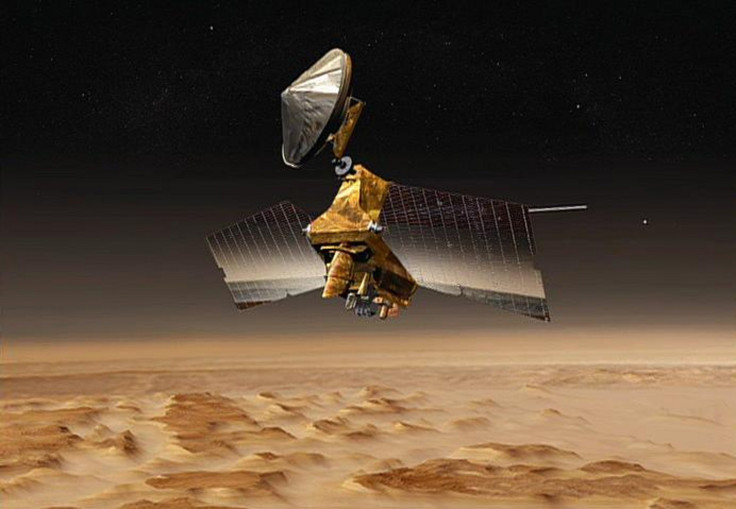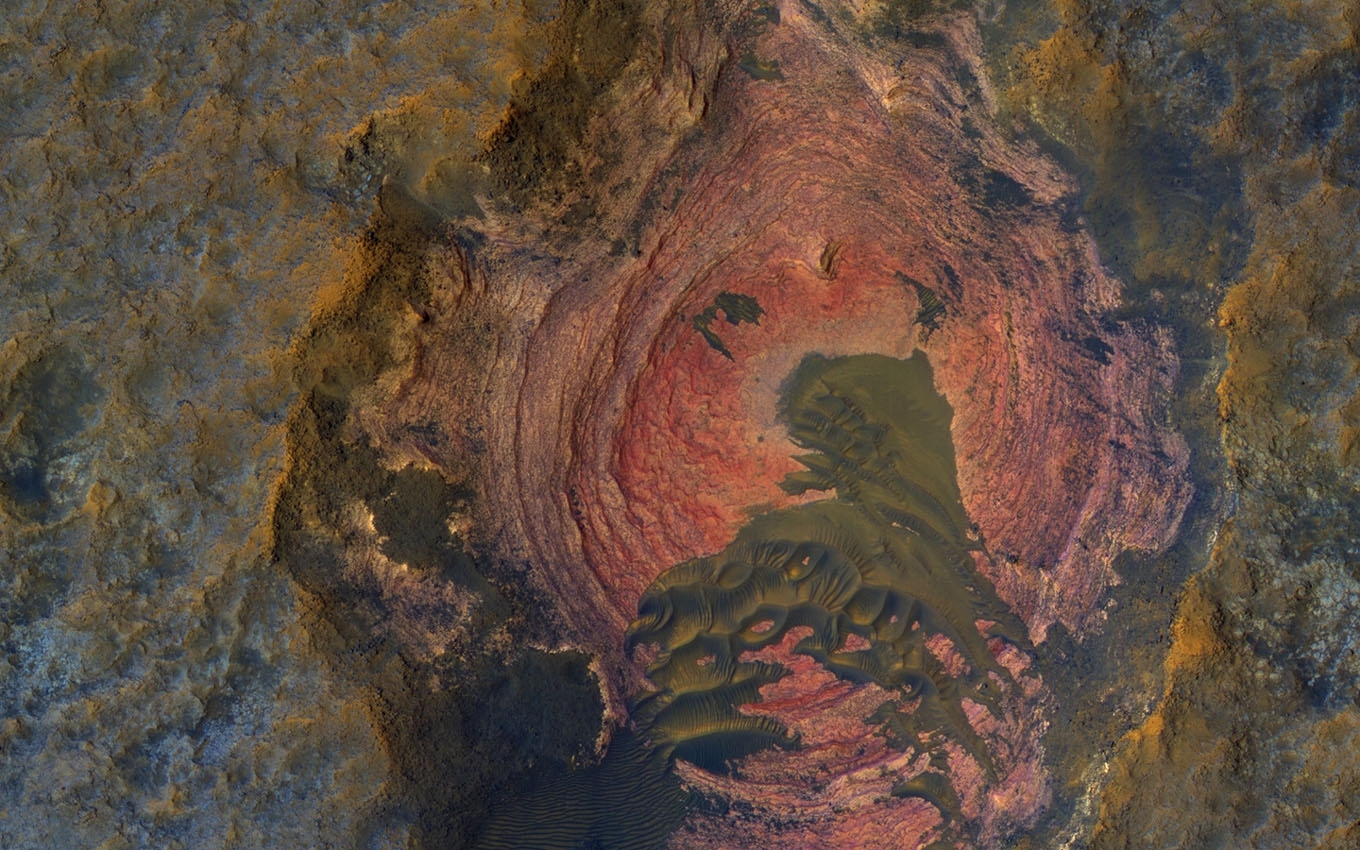Nasa extending life of its veteran Mars Reconnaissance Orbiter by using stars for navigation
The craft will switch to software-based stellar navigation to conserve power and extend service life.

Nasa has found a way to extend the Mars Reconnaissance Orbiter's (MRO) service life by tracking the stars.
The MRO has been in service since 2006 and has already doubled its initially planned lifetime. Nasa now plans to continue to use the Mars link to Earth through the 2020s for future missions.
The MRO has been the vital link between Mars and Earth and its numerous science instruments and sensors have studied the Red Planet in detail. Some spectacular images of the planet were also taken by the spacecraft, but it is an ageing piece of equipment.
To increase the service life of the satellite, Nasa needs to reallocate the MRO's battery and power usage. According to Spaceflight insider, one way to increase the longevity of the craft will be to shift to star tracking mode instead of making use of the onboard gyroscope-based navigation.
"We know we're a critical element for the Mars Programme to support other missions for the long haul, so we're finding ways to extend the spacecraft's life," said MRO Project Manager Dan Johnston of Nasa's Jet Propulsion Laboratory. "In flight operations, our emphasis is on minimising risk to the spacecraft while carrying out an ambitious scientific and programmatic plan."
The MRO already has the ability to navigate using a star tracker. Extensive testing is underway and Nasa was able to successfully keep the craft in course using only stellar navigation earlier this month. The full-time swap is set to happen in March. The ability to navigate only by staring at the stars was only recently uploaded to the MRO as a software update.
The altitude of the craft was always controlled using mechanical gyroscopes and accelerators. The craft carries two inertial measurement units - primary and secondary. After 58,000 hours of use and showing signs of deterioration, the primary unit was retired and the secondary one was turned on. It has been operating since and has already run over 52,000 hours. By switching to all-stellar navigation, the second unit can be preserved for when it is needed most.



The star tracker has a camera to view and trace the stars and uses pattern recognition software to search for the brightest stars in the night sky. Using this data, the MRO can check and correct its orientation in relation to Mars. The camera can do this several times per second, constantly reading and correcting course.
"In all-stellar mode, we can do normal science and normal relay," Johnston said. "The inertial measurement unit powers back on only when it's needed, such as during safe mode, orbital trim manoeuvres, or communications coverage during critical events around a Mars landing."
So far, the MRO has made more than 45,000 orbits around the Red Planet and is a critical tool for Nasa in Mars missions.
"We are counting on Mars Reconnaissance Orbiter remaining in service for many more years," said Michael Meyer, lead scientist of Nasa's Mars Exploration Programme at the agency's headquarters in Washington DC. "It's not just the communications relay that the MRO provides, as important as that is. It's also the science-instrument observations. Those help us understand potential landing sites before they are visited, and interpret how the findings on the surface relate to the planet as a whole."





















